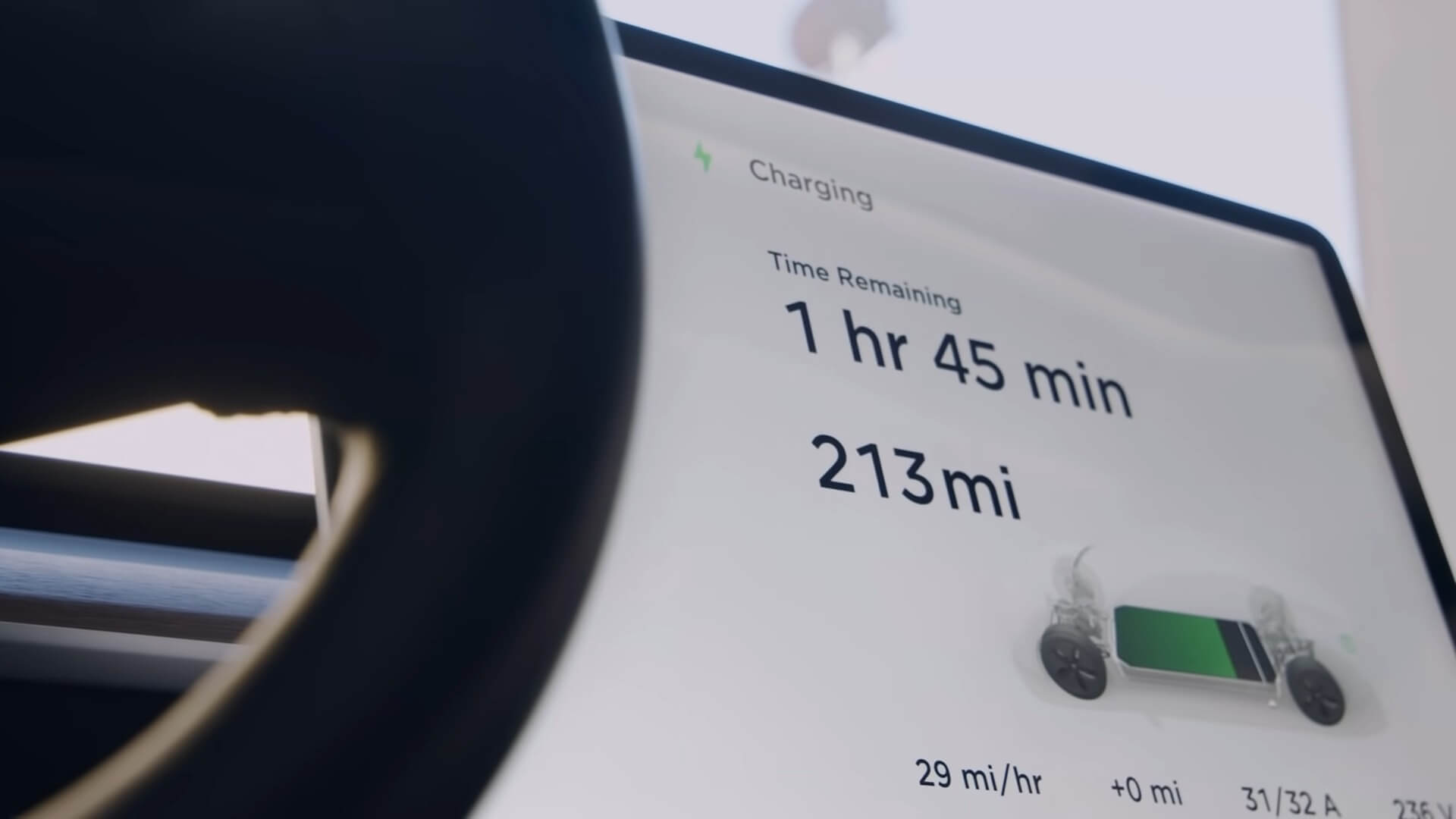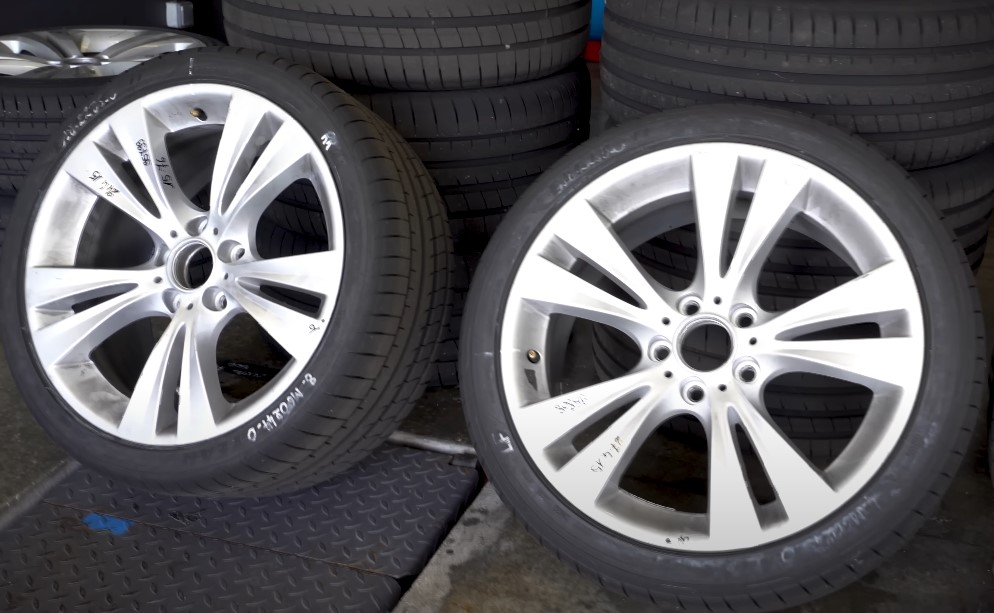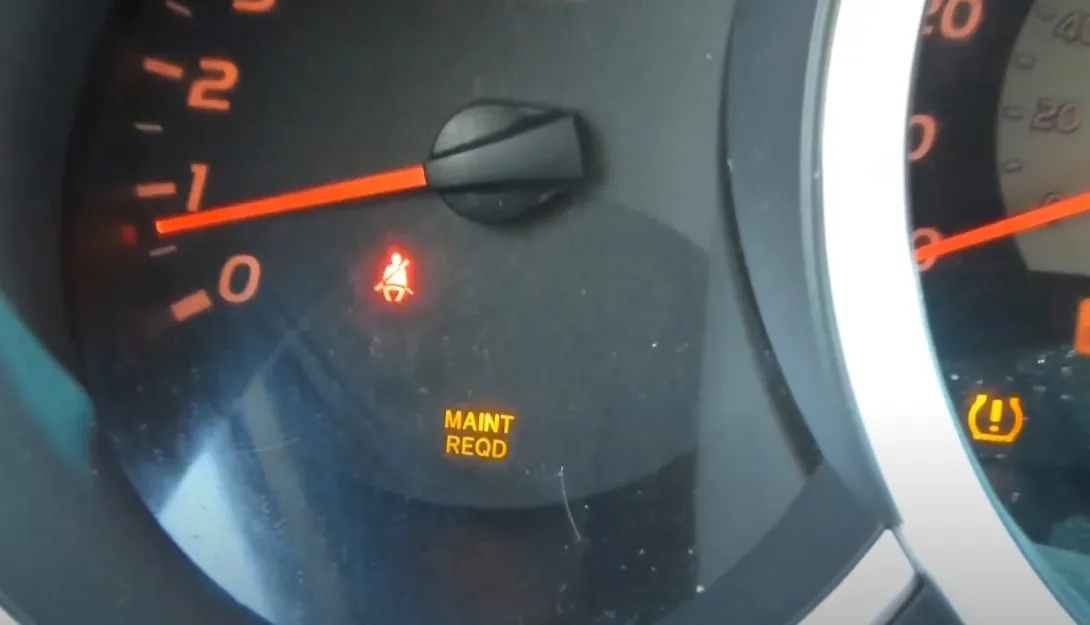
Share Post:
Very popular question: How long does it take to charge a Tesla? It’s almost as common as, “Do electric cars really save you money?” or “Is Elon Musk even human?”
Charging a Tesla can be a bit of a mixed bag, depending on your charging method, ambient temperature, and whether you’ve performed a sacrificial dance to the Tesla gods recently.
Let’s say you’re using a Supercharger or some other DC fast charger. With these, you’ll only need about 20 minutes. Still, not all chargers are as powerful as this one, and there are many details that determine the charging time. Let’s break it all down, shall we?
Table of Contents
ToggleCharging Options at a Glance
| Charging Method | Speed | Full Charge Time | Cost |
| Supercharger | 200 miles in 15 minutes | 51 minutes (5% to 95%) | Varies by location |
| Home Level 2 Charger | 35-44 miles per hour | 8-10 hours | $400 + installation |
| Public Level 2 Charger | Slower than home Level 2 | 18 hours | Varies |
| Mobile Connector (120V) | 3-6 miles per hour | More than five days | $200 |
| Mobile Connector (240V) | Faster than 120V but still slow | Faster than five days | $200 |
How Long to Charge a Tesla With Supercharger?
If you’re like me and patience isn’t exactly your strong suit, Tesla Superchargers are your new best pickup. These bad boys can add up to 200 miles of range in just 15 minutes. Yeah, you read that right.
According to Motortrend, a complete charge from 5% to 95% can take approximately 51 minutes under optimal conditions. That’s less time than it takes to binge-watch half an episode of your favorite TV series.
- 15 minutes: 200 miles of range
- 51 minutes: 5% to 95% charge
What About Home Charging?

For those who prefer the comfort of their own garage, Tesla’s Wall Connector or a third-party Level 2 charger is the way to go. According to Tesla official website support page, this method typically provides up to 11.5 kilowatts at 240 volts, which translates to about 35 to 44 miles of range per hour.
So, how long does it take to fully charge Tesla? A full charge takes 8 to 10 hours, making it perfect for overnight charging. Just plug in before bed and wake up to a fully charged car. Easy peasy.
- 8 to 10 hours: Full charge
- 35 to 44 miles: Range per hour charged
Public and Destination Charging
Public Level 2 chargers, including Tesla Destination Chargers, are a bit slower. You’re looking at nearly 18 hours to fully charge your Tesla at these stations, as per claims from Hertz.
It’s not ideal for everyday use but works if you’re parked for an extended period—think hotels or your in-laws’ house.
- 18 hours: Full charge
Off-Grid Charging Options
If you’re stuck in the middle of nowhere with nothing but a standard 120-volt outlet, Tesla’s Mobile Connector can help. It offers a glacial 3-6 miles of range per hour, as was stated on the Tesla Support Page.
Charging your Tesla this way takes more than five days for a full charge. But hey, desperate times call for desperate measures, right? You can speed things up with 240-volt adapters, but it’s still super slow, and you’ll need to take your time.
- 3-6 miles: Range per hour charged
- More than five days: Full charge with a 120-volt outlet
Battery Health Practices

To prolong your battery’s life, Tesla advises plugging in when the battery level drops to 20-30% and using the “Daily” setting to stop charging at 80-90% capacity.
It’s kind of like feeding your pet: you wouldn’t let it starve or overfeed it, right?
Temperature and Battery Conditioning
Ambient temperature and battery preconditioning can significantly affect charging speed and efficiency. Cold weather? Expect slower charging times. Hot weather? Also not great.
Costs
The cost to charge a Tesla varies based on the model and charging method. Superchargers are pricier than home charging but much faster. Here’s a quick breakdown:
- Level 2 Wall Connector: Fully charge in 6 to 12 hours, costs about $400, with an installation fee between $750-$1,500.
- Mobile Connectors: Provide 2-3 miles of range per hour, priced around $200.
- SuperChargers: 200 miles of range in approximately 15 minutes. The exact cost depends on local electricity rates, but it’s typically higher than home charging.
Charging Options at a Glance

External Factors
Charging times can be affected by various factors, such as:
- Pre-existing charge level: The closer you are to full, the slower the charge.
- Charging rate: Higher rates mean faster charging.
- Ambient temperature: Extremes in temperature can slow down the process.
Future Prospects
Tesla is constantly expanding its global network of Superchargers, with plans to ramp up speeds to 300 kW in the future. This will further reduce charging times, making long-distance travel even more convenient.
Plus, with federal tax incentives and rising gas prices, switching to electric becomes more appealing.
Final Thoughts
Charging a Tesla can take anywhere from 15 minutes to over five days, depending on your method. For everyday use, home Level 2 charging is ideal, offering a balance of convenience and cost. Superchargers are perfect for quick top-ups during road trips, while mobile connectors are for emergencies or off-grid situations.
Keep your battery healthy, be mindful of external factors, and look forward to even faster charging times in the future. Now, if only waiting in line at the DMV were this efficient.
There you have it—charging your Tesla is not much of a mystery. With the right approach, you can keep your electric steed ready to hit the road whenever you are.
Related Posts:










